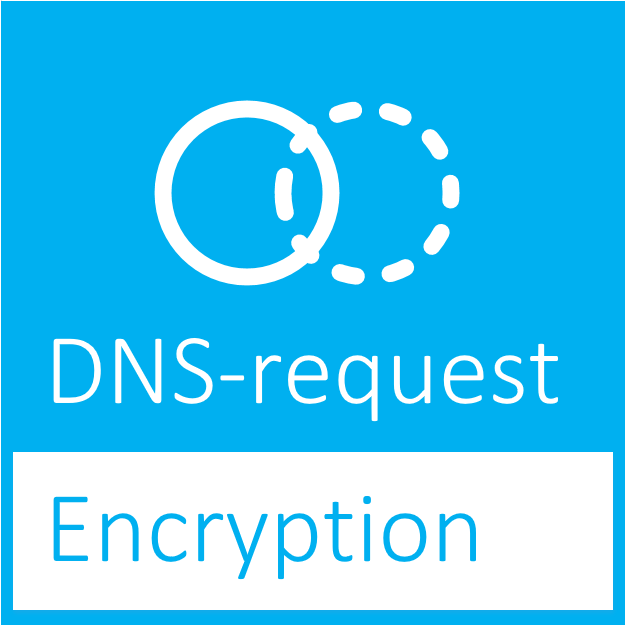



Conference
WebRTC - Web Real-Time Communication - is a free, open-source project that provides web browsers and mobile applications with real-time communication - RTC - via simple application programming interfaces. It allows audio and video communication to work inside web pages by allowing direct peer-to-peer communication, eliminating the need to install plugins or download native apps. Supported by Apple, Google, Microsoft, Mozilla, and Opera, WebRTC is being standardized through the World Wide Web Consortium (W3C) and the Internet Engineering Task Force (IETF).
Its mission is to "enable rich, high-quality RTC applications to be developed for the browser, mobile platforms, and IoT devices, and allow them all to communicate via a common set of protocols".
NAT
Network Address Translation (NAT) is a technique by which a router remaps a public IP address space into a private IP address space by translating IP addresses in packet headers without altering packet contents. NATs forward solicited packets to their destinations, and discard unsolicited packets.
NATs support device-to-server connections for services like email and web browsing, because email and web servers have public or port-forwarded IP addresses capable of receiving unsolicited packets to initiate connections from devices, and because NATs forward solicited packets to their destinations.
However, NATs break device-to-device connections for services like IoT, home automation, and video telephony, because when two devices are behind different NATs, neither NAT will forward unsolicited packets from the other, which prevents one device from initiating a connection to another.
In the world of IP communications, devices trying to connect, i.e. make a call over the internet are known as endpoints. Typically, endpoints reside behind NATs and hence it is difficult to discover the public IP addresses of endpoints. The endpoint initiating a call is known as the caller. The endpoint receiving the call is known as the callee. Technically ICE, STUN, and TURN service components are necessary to establish and maintain a peer-to-peer connection over UDP.
STUN
Session Traversal Utilities for NAT (STUN) protocol enables a device to discover its public IP address. If the public IP address of both the caller and callee is discovered it is possible to establish a direct connection between the caller and callee, typically known as a peer-to-peer call.
CloudTrust's STUN solution provides high available peer-to-peer connectivity.
TURN
Traversal Using Relays around NAT (TURN) protocol enables a server to relay data packets between devices. If the public IP address of both the caller and callee is not discovered, TURN provides a fallback technique to relay the call between endpoints.
ICE
Interactive Connectivity Establishment (ICE) protocol enables devices to communicate its public IP address and connect to other devices.
CloudTrust's ICE solution is optimized for best connection setup time and least latency in the industry.
Conference
CloudTrust's conference system ensures that you make a pure WebRTC, browser based call between caller and callee. CloudTrust provides signaling server for the WebRTC-based video communication system with its own Secure WebSocket-based implementation - Secure WSS.
The whole related infrastructure and environment for the conference system is provided by the CloudTrust high availability network - located in the EU datacenters.
When both participants are on a VPN network, provided by CloudTrust when making a call, all traffic - including video, audio streams - on the peer-to-peer connection will also be on the VPN secure network.